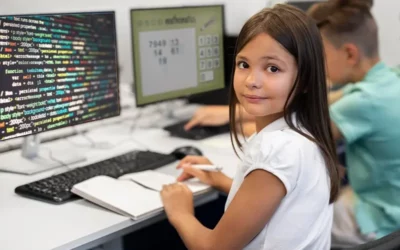In today’s fast-paced digital world, the realm of art has undergone a profound transformation, embracing the technological advancements of our time. Engaging in digital art activities offers a myriad of benefits that go beyond traditional artistic endeavors.
From enhanced creativity and accessibility to boundless opportunities for experimentation, digital art opens up a whole new dimension of artistic expression. In this modern landscape, the advantages of exploring digital art are limitless, appealing to both seasoned artists and aspiring creatives alike.
Table of contents
Getting Started with Digital Art
In today’s technologically advanced world, art has found a new canvas – the digital realm. With the advent of powerful computers, sophisticated software, and digital drawing tablets, artists now have the opportunity to explore and create breathtaking masterpieces in the digital art world.
Encourage kids to unleash their artistic talents through engaging activities for kids, such as digital art, where they can express their creativity using digital tools and techniques.
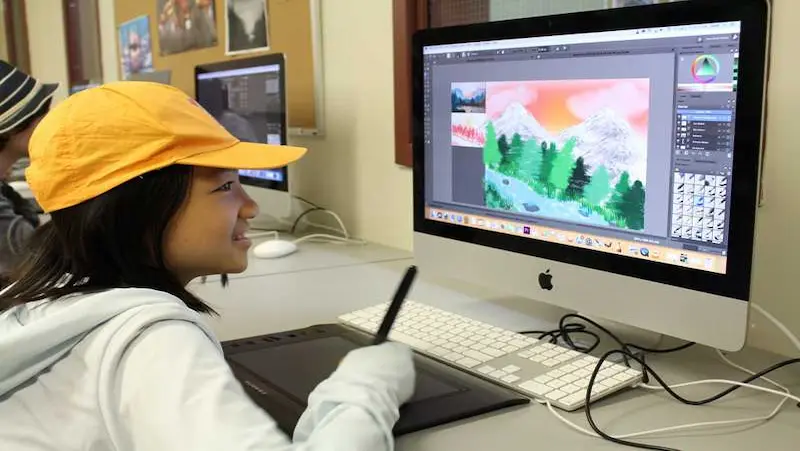
1. Digital Painting:
Digital painting is one of the most popular and accessible forms of digital art. Artists can use software like Adobe Photoshop, Corel Painter, or Procreate to simulate the experience of painting on a canvas. Engaging children in captivating activities for kids like digital art, providing a platform for them to express their imagination and artistic flair using digital tools and techniques.
2. Vector Art:
Vector art is created using vector graphics software such as Adobe Illustrator or Inkscape. Instead of using pixels, vector art uses mathematical equations to define shapes and lines. This means that the artwork can be resized infinitely without losing its quality.
3. Digital Photography:
Digital art is not just about creating from scratch; it can also involve editing and manipulating photographs using software like Adobe Photoshop or GIMP. Digital photography allows artists to enhance colors, add visual effects, and combine multiple images to produce stunning compositions.
4. Digital Collage:
Digital collage is a modern take on traditional collage art. Artists can create collages using various digital elements, such as photos, textures, illustrations, and graphics. With the flexibility of digital tools, the possibilities for combining and manipulating elements are virtually limitless.
Tools and Software for Digital Art
In today’s digital age, artists have embraced the world of technology to unleash their creativity and produce stunning works of art. Whether you’re an aspiring digital artist or a seasoned professional, having the right tools and software can significantly enhance your artistic endeavors.
Discover a range of enjoyable and interactive fun activities for kids in the realm of digital art, where they can have fun while exploring their creativity and artistic skills using digital mediums.
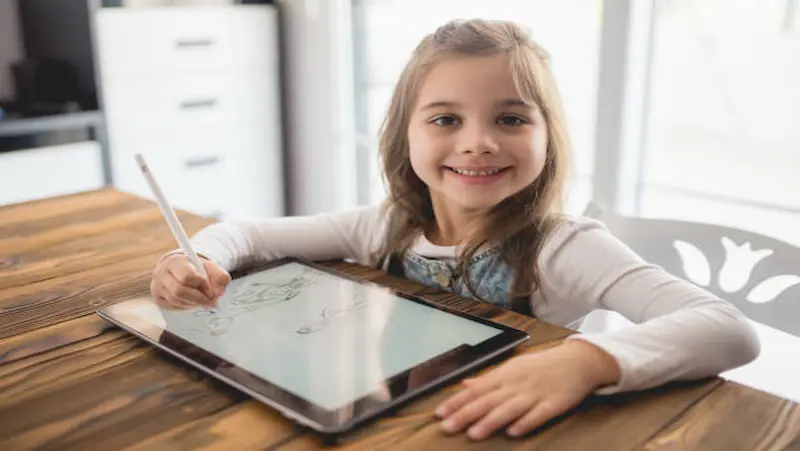
1. Digital Drawing Tablets and Pen Displays:
Digital drawing tablets and pen displays have become indispensable for digital artists. These devices offer a natural drawing experience, allowing artists to directly interact with their digital canvas. With pressure sensitivity and precise pen control, artists can achieve intricate details and fluid strokes, mimicking the feel of traditional drawing.
2. Graphic Design Software and Applications:
Graphic design software is the backbone of digital art creation. These versatile applications offer a wide array of tools to bring your imagination to life. Adobe Creative Suite, particularly Adobe Photoshop and Adobe Illustrator, remains the gold standard for professional graphic designers.
3. Photo Editing and Manipulation Tools:
Photo editing software plays a crucial role in digital art, enabling artists to enhance images, apply filters, and create surreal compositions. Adobe Photoshop remains the top choice for photo editing due to its comprehensive set of tools and capabilities. GIMP, an open-source alternative, is also popular for its vast range of features and user-friendly interface.
4. Animation Software and Techniques:
For artists venturing into animation, dedicated software opens up a world of possibilities. Adobe After Effects is a top-tier choice for creating motion graphics and visual effects. For traditional frame-by-frame animation, Toon Boom Harmony and Autodesk Maya are widely used in the animation industry.
Exploring Digital Illustration Styles
In the ever-evolving world of digital art, artists are constantly pushing the boundaries of creativity, giving rise to a multitude of captivating illustration styles. From character design and portraiture to environment and landscape art, and concept art and storyboarding, the possibilities seem endless. Let’s take a brief journey through these mesmerizing realms of digital illustration.
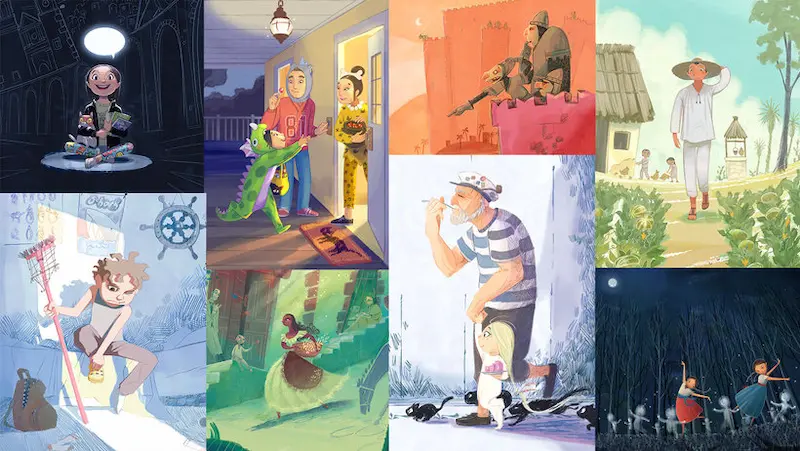
1. Character Design and Portraiture:
Character design is an art form that brings imagination to life. With digital tools at their disposal, artists can craft unique characters with intricate details and personalities that leap off the screen. Whether it’s a whimsical creature from a fantasy realm or a futuristic android, each character becomes a canvas for self-expression and storytelling.
2. Environment and Landscape Art:
Transport yourself to enchanting worlds through environment and landscape art. Digital illustrators can create breathtaking sceneries that evoke emotions and immerse viewers into their imaginary worlds. The versatility of digital tools allows artists to manipulate colors, lighting, and perspectives, resulting in striking visuals that range from serene natural landscapes to vibrant futuristic cityscapes.
3. Concept Art and Storyboarding:
Concept art serves as the foundation for various creative projects, including video games, movies, and animations. Digital illustrators adept in concept art can visualize and communicate ideas to shape the overall look and feel of a project. Art for kids includes engaging activities like storyboarding, where they can unleash their creativity and bring their ideas to life through visual storytelling. Through storyboarding, they can illustrate the sequence of events, helping directors and teams visualize scenes and plan the story’s progression.
Also, check out art projects for kids.
Exploring Digital Art in Virtual Reality
In the dynamic world of art, technology has continued to revolutionize the way we create and experience it. One of the most thrilling developments in recent times is the intersection of digital art and virtual reality (VR). This emerging fusion has given birth to a realm of artistic possibilities that captivate both artists and audiences alike.
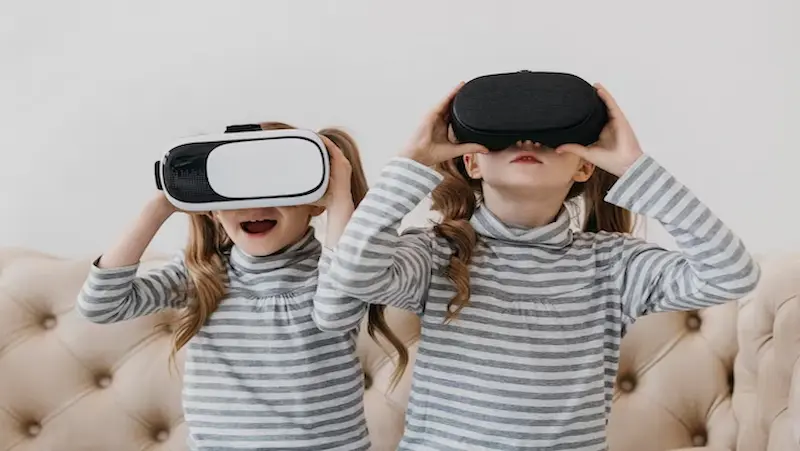
1. Immersive Digital Art Experiences:
Stepping into the realm of virtual reality, art enthusiasts are treated to a realm of boundless creativity. VR allows artists to sculpt, paint, and compose in a three-dimensional space, immersing users in a wholly unique experience. By donning a VR headset, visitors can enter digital galleries, walk around interactive exhibits, and even become part of the artwork itself.
2. Creating Art in Virtual Reality Environments:
Virtual reality not only redefines the way we perceive art but also revolutionizes the creative process. Artists can now wield digital brushes, manipulate virtual objects, and explore innovative techniques in ways that were once impossible. The intuitive and tactile nature of VR tools provides an unmatched level of precision, enabling artists to bring their visions to life with astonishing detail and depth.
3. Tools and Platforms for VR Art Creation:
The advent of VR art has paved the way for a myriad of tools and platforms tailored to artists’ needs. Applications such as Tilt Brush, Gravity Sketch, and Quill provide intuitive interfaces for 3D drawing and painting, while others like Medium enable sculpting virtual masterpieces with ease.
Showcasing and Sharing Digital Art
In today’s digital age, artists have a unique opportunity to showcase and share their creativity with a global audience. Digital art has opened doors to endless possibilities, allowing artists to connect with art enthusiasts and potential buyers alike.
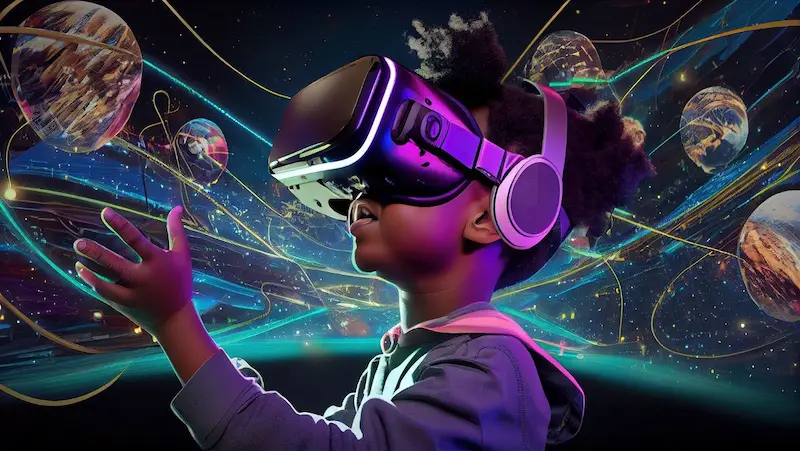
1. Creating an Online Portfolio:
Establishing a captivating online portfolio is the first step to presenting your digital art to the world. Choose a platform that best aligns with your artistic style and target audience, whether it’s a personal website, a dedicated art platform, or even social media.
2. Participating in Digital Art Communities and Exhibitions:
Engaging with digital art communities and exhibitions can expand your reach and foster connections within the artistic community. Join online forums, social media groups, and art-specific platforms to network with fellow artists, share experiences, and gain valuable feedback on your work.
3. Monetizing Digital Art:
Monetizing your digital art is an exciting opportunity to turn your passion into a profitable venture. Start by offering digital art prints or downloadable files for personal use on various e-commerce platforms. Consider exploring NFT (Non-Fungible Token) marketplaces, which have gained popularity for selling unique digital assets with blockchain technology.
Also, drawing for kids has taken a new dimension with Digital Art, providing them with exciting opportunities to express their creativity and imagination using digital tools and technology.
Conclusion
In conclusion, embracing the world of digital art activities opens a realm of endless possibilities for creativity, expression, and innovation. From immersive virtual reality experiences to digital painting and animation, this dynamic medium offers artists and enthusiasts a platform to explore, evolve, and share their artistic visions with a global audience.
As technology continues to advance, the potential for growth and impact within the digital art community is boundless, making it an exciting and promising frontier for the future of artistic endeavors. Also, Learn about financial education for kids.
BrightChamps also offers robotics for kids, where you can delve into the fascinating world of technology and explore Virtual Reality, empowering them with hands-on learning experiences for a bright future.
Unlock a world of possibilities with BrightChamps, your partner in fostering holistic growth and education for children. From interactive resources to engaging activities, we provide a comprehensive platform that nurtures creativity, critical thinking, and character development.
Visit BrightChamps blog page to learn more about our programs and explore valuable insights and tips to shape your kids’ future.
Frequently Asked Questions
A1. Digital art refers to artistic creations made using digital technology such as computers, tablets, or smartphones. Unlike traditional art forms like painting or sculpture, digital art relies on virtual tools, software, and techniques for its creation.
A2. Engaging in digital art activities can enhance creativity, problem-solving skills, and hand-eye coordination. It offers a wide range of tools and possibilities for self-expression and allows easy experimentation and correction, boosting confidence in art skills.
A3. Popular digital art tools for beginners include Procreate, Adobe Photoshop, Autodesk SketchBook, and Corel Painter.
A4. Parents and educators can provide access to age-appropriate digital art tools, encourage exploration, and integrate digital art activities into lessons to promote creativity and tech proficiency.
A5. Digital art coloring books, photo editing, and creating digital collages are simple yet engaging activities that are suitable for seniors and older adults.
A6. Digital art offers a wide array of tools and techniques, allowing artists to explore their ideas without traditional limitations. This fosters creativity and enables unique self-expression.
A7. Various artists across different age groups have created stunning digital art pieces, showcasing their diverse styles and perspectives.

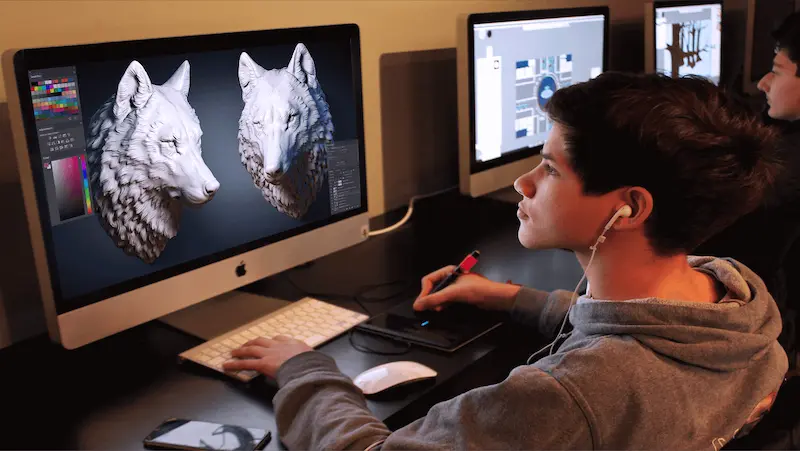
 We are an army of educators and passionate learners from BrightChamps family, committed to providing free learning resources to kids, parents & students.
We are an army of educators and passionate learners from BrightChamps family, committed to providing free learning resources to kids, parents & students.













